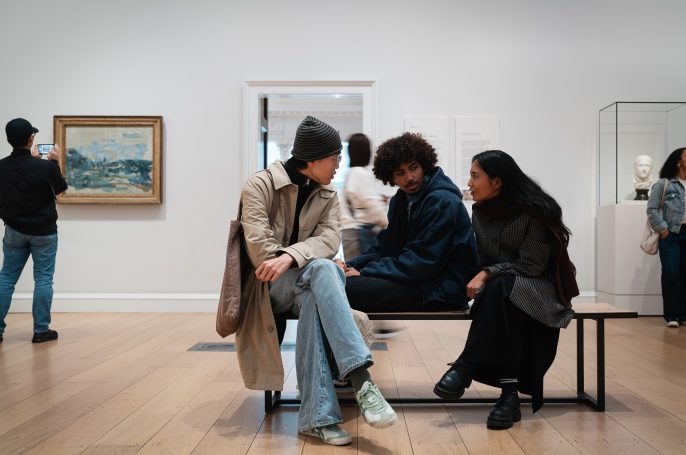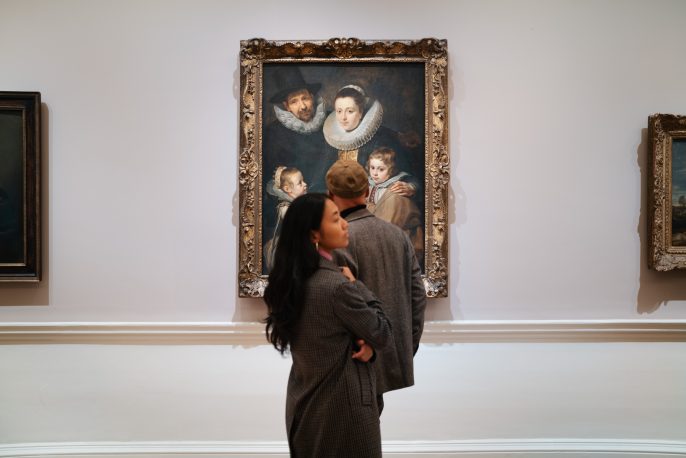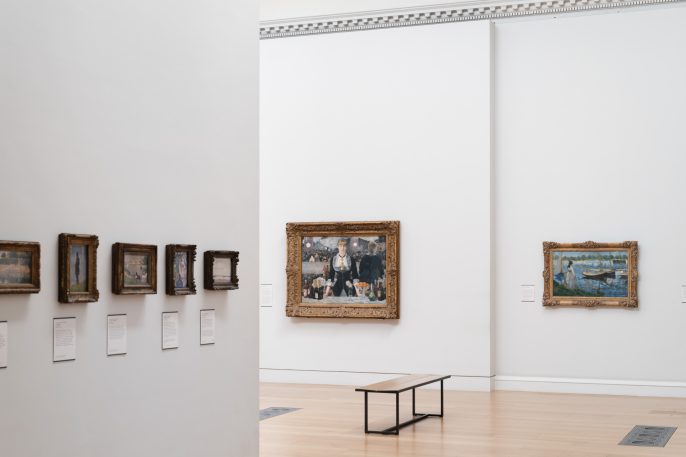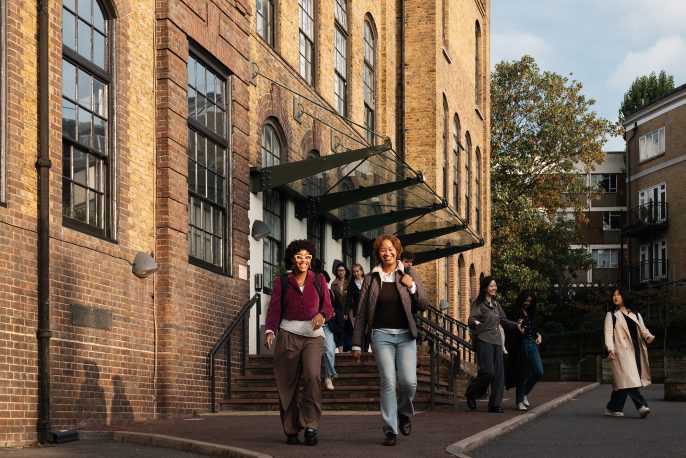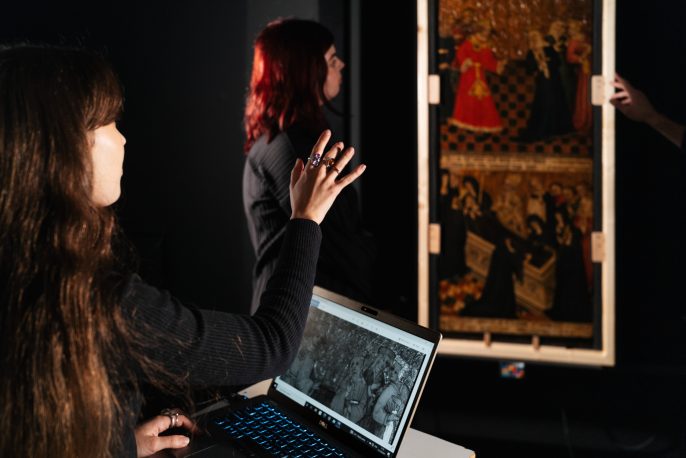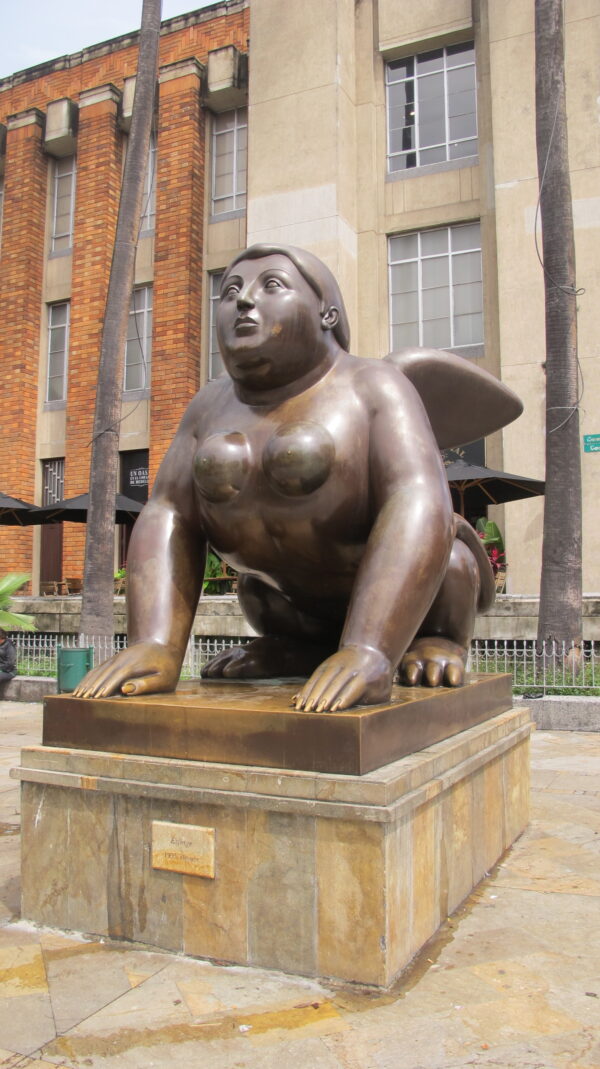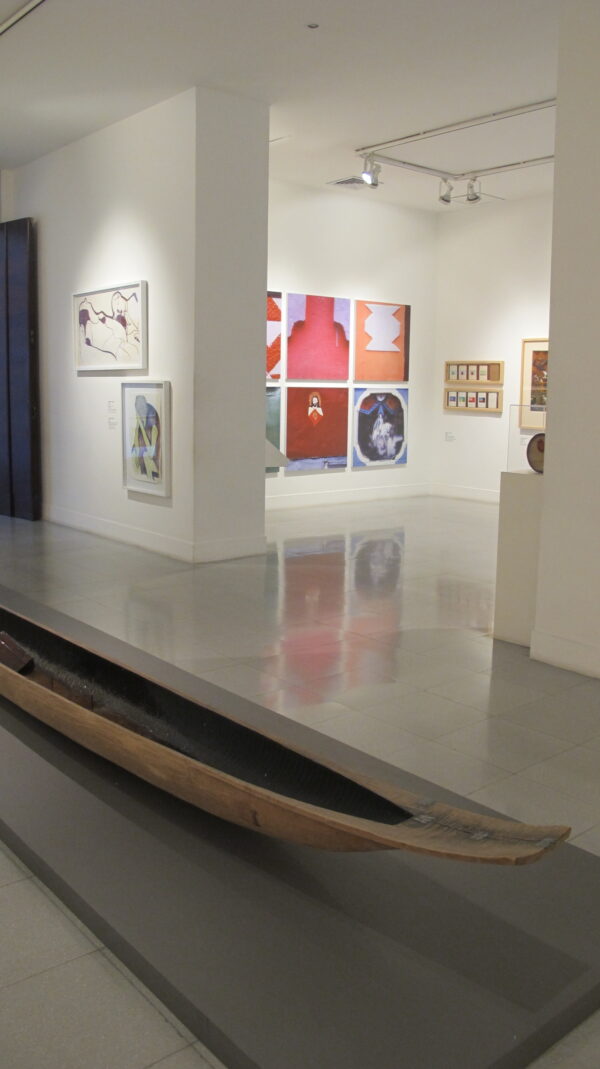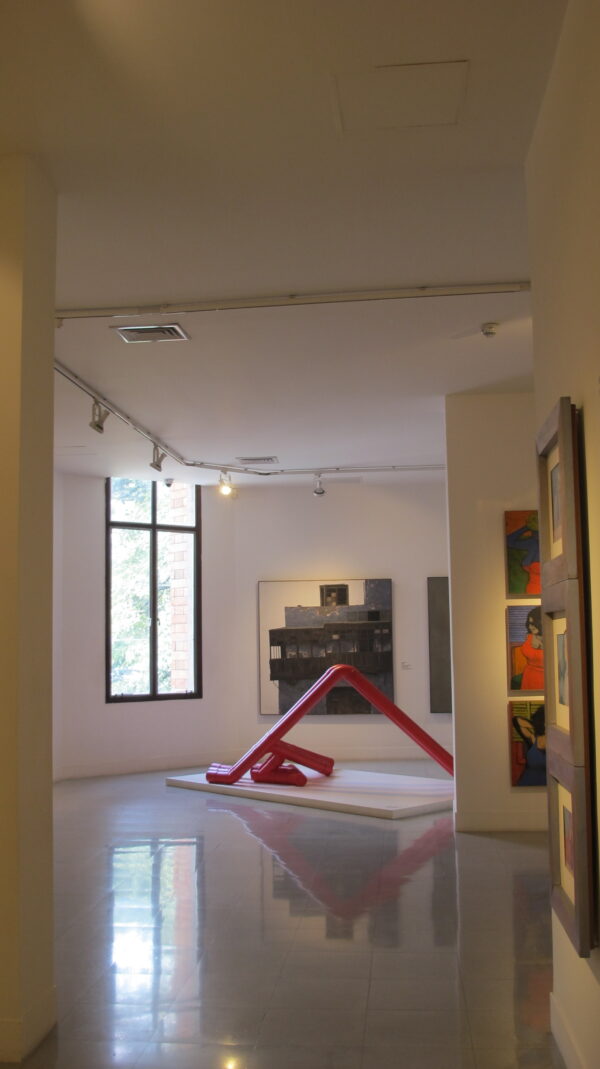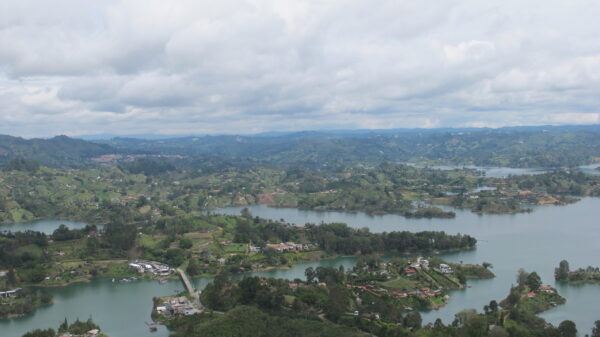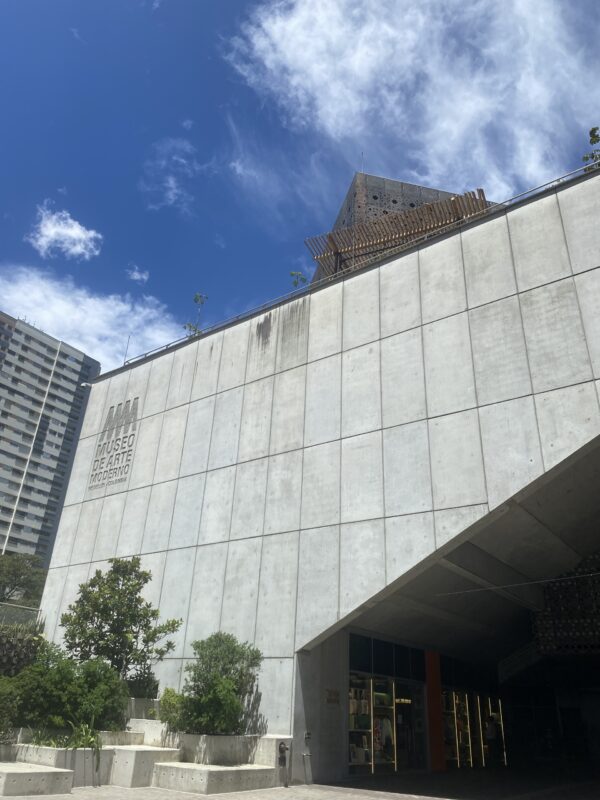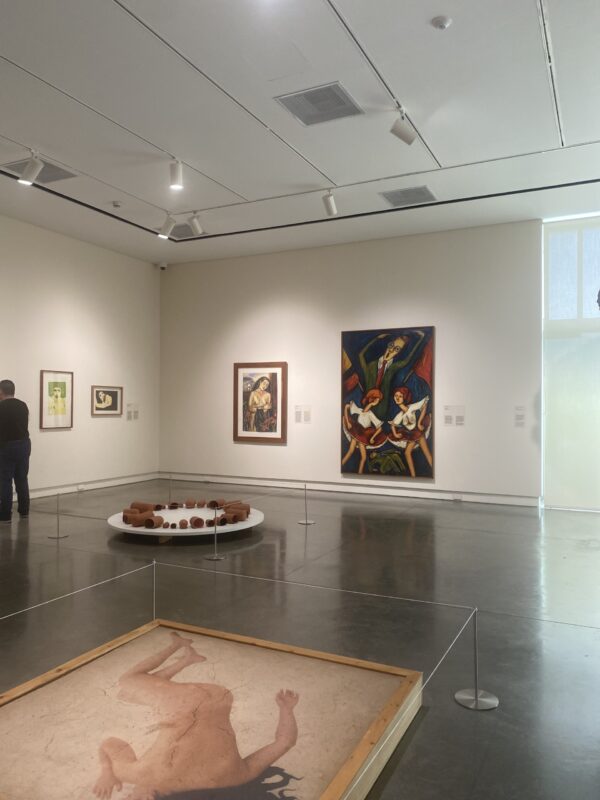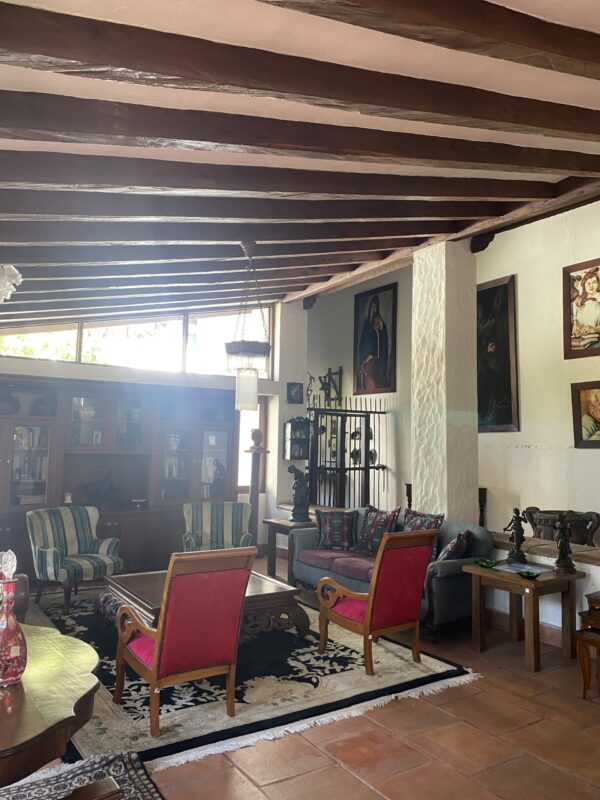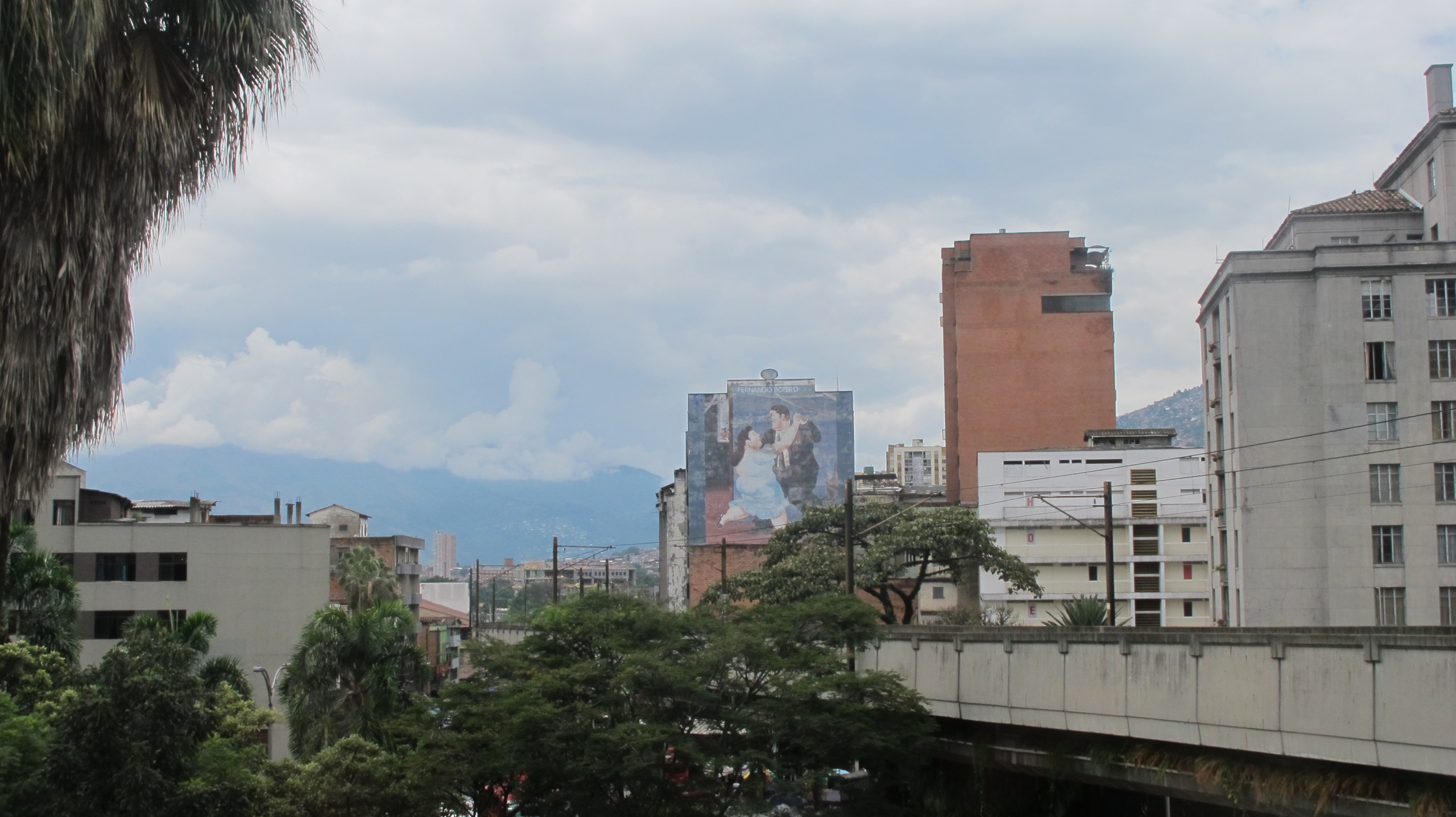
John Hayes Travel Award: Exploring Colombian Art in Medellín
By Martina Campagnoli
John Hayes Travel Award Recipient 2025
The John Hayes Travel Award is a grant given each year to a selection of undergraduate students at the Courtauld Institute to support independent research carried out outside of term time—often in preparation for dissertation work. This June, I travelled to Medellín, Colombia, with the support of the award to explore the country’s artistic responses to the violence and upheaval of the 1980s and 1990s.
What I found was a city where art is inseparable from politics, memory, and survival—a place where creativity has become a tool for reclaiming complex and often painful histories.
My journey began at the Museo de Antioquia, home to one of the most important collections in Colombia. Organised across three floors, the museum presents a chronological view of Colombian art history. The ground floor focused on Indigenous and regional traditions, including a temporary exhibition on the 19th-century painter Francisco Antonio Cano. On the first floor, I encountered powerful works from the mid-20th century by artists such as Beatriz González, Antonio Caro, and Débora Arango—all of whom used bold visual languages to confront political corruption, U.S. intervention, and gender inequality.
The top floor houses the donation of Fernando Botero, featuring his distinctive paintings and bronze sculptures, including The Death of Pablo Escobar. The space also includes the Sophia Vari International Collection, which places Colombian art in global dialogue with works by Rodin, Ernst, and Matta.
One of the most striking moments of my research was visiting Comuna 13, a hillside neighbourhood once associated with guerrilla conflict and drug-related violence. Today, it’s filled with street art, live performances, and community energy. Comuna 13 has transformed its traumatic history into a celebration of resilience, but its popularity also raises questions about tourism, gentrification, and who truly benefits from this transformation.
Later, at the Museo de Arte Moderno de Medellín, I explored an exhibition of female South American artists whose work challenged deeply ingrained patriarchal structures. Arango once again stood out as a fearless voice, unafraid to confront societal taboos. On the museum’s rooftop, I came across a fascinating greenhouse cultivating over ten varieties of coca plants. This project reclaims the plant’s Indigenous significance—long used for medicinal and ceremonial purposes—while challenging its modern association with Colombia’s drug-trafficking past.
To conclude my research, I visited Débora Arango’s former home, now a museum and arts centre. The house, a repurposed finca, reflects Arango’s multifaceted creativity: painted tiles line the walls, and rooms are filled with portraits of her loved ones. During a visit to Mexico, Arango was inspired by Frida Kahlo and Diego Rivera to try mural painting herself. She attempted one on her own wall, but disappointed by the result, she painted over it. Years later, conservators uncovered the mural beneath layers of paint—preserved like a hidden memory, waiting to be revealed.
My time in Medellín offered far more than an academic case study. It was an encounter with a city and a people actively engaged in rewriting their own history through art. Whether in formal museum settings or improvised graffiti walls, Colombian artists use their work to question, to mourn, and to heal. I arrived with a narrow focus and left with a broader understanding of art as a living, political, and deeply human force.
Find out more about studying BA History of Art at The Courtauld and what financial support we offer
